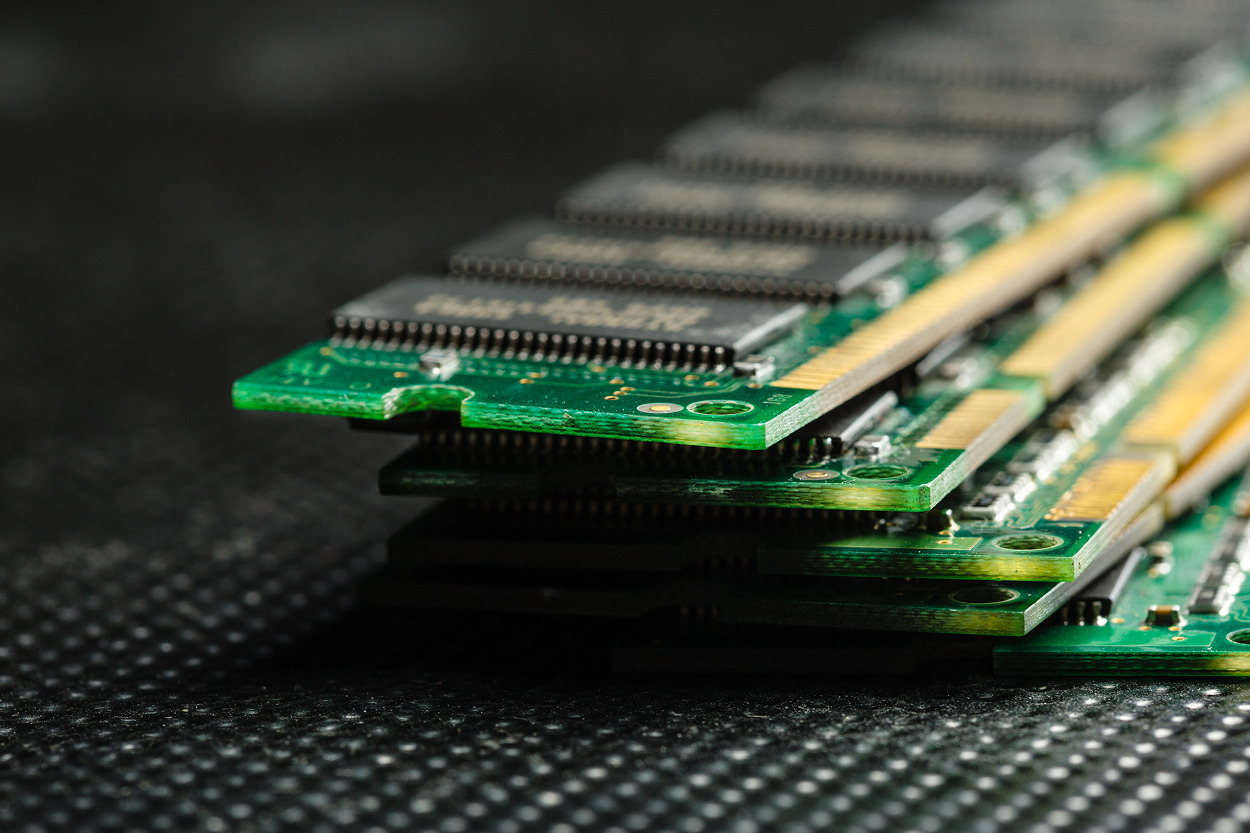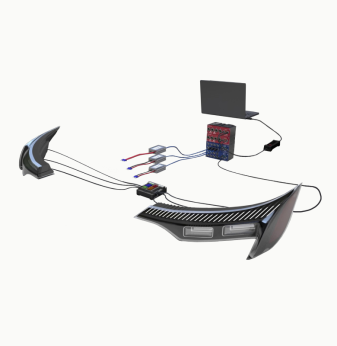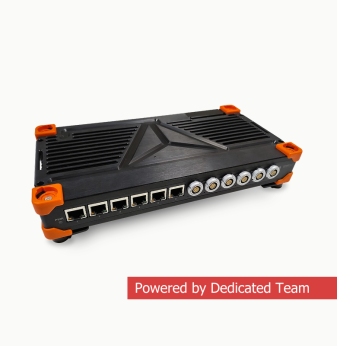Designing the Secure Boot Process: Hardware Anchors and Firmware Validation in Embedded Systems

Introduction: Why Secure Boot Is a Critical Security Layer
In modern embedded systems, firmware is a frequent target for attackers seeking persistent access, IP theft, or control over a device. A single unsigned update or vulnerability in the bootloader can compromise the entire system.
Secure boot establishes a chain of trust from the first instruction the CPU executes, ensuring only authorized and unmodified firmware can run. It combines hardware-based trust anchors and cryptographic validation mechanisms to prevent unauthorized code execution during boot.
This article walks through the architecture and implementation of secure boot, focusing on embedded platforms across industrial, automotive, IoT, and medical sectors.
The Secure Boot Chain: Step-by-Step
- Root of Trust (RoT): Immutable public key or hash stored in hardware (e.g., eFuse, OTP, ROM)
- Boot ROM: Executes first and verifies signature of next-stage bootloader (e.g., U-Boot)
- Bootloader: Validates operating system kernel or application firmware
- Application/OS: May verify user-space components or dynamically loaded modules
Long-tail keyword example: "What is the secure boot chain in embedded systems?"
Answer: The secure boot chain is a series of cryptographic checks that begin with a hardware trust anchor and verify each stage of the firmware stack before execution. It prevents unauthorized or tampered code from running at any stage.
Hardware Trust Anchors
- eFuses / One-Time Programmable Memory (OTP): Store hash of public key securely
- ROM Bootloaders: Validate next-stage firmware using built-in signature verification
- Trusted Platform Modules (TPM): External trust anchor, especially in Linux-based systems
- Secure Elements (SEs): Provide hardware-based key storage and cryptographic operations
- Trusted Execution Environment (TEE): Isolates boot verification in a secure world (e.g., Arm TrustZone)
Signature Schemes for Boot Validation
- RSA-2048 or RSA-3072: Traditional asymmetric crypto
- ECDSA (NIST P-256): More efficient for resource-constrained MCUs
- Ed25519: Modern, fast, small signature size
- SHA-256 / SHA-512: Used to generate image hash prior to signature
Secure Bootloaders and Open Implementations
- MCUBoot: Used in Zephyr, Mynewt; supports RSA, ECDSA, rollback protection
- U-Boot + FIT image: Used in Linux-based SoCs with signature verification
- TF-A + OP-TEE: ARM Trusted Firmware + TEE boot for secure environments
Firmware is usually signed offline with a private key and verified during boot using the public key stored in RoT.
Preventing Rollback and Downgrade Attacks
- Use monotonic version counters in secure memory (eFuse or SE)
- Enforce version checks before executing signed image
- Combine with anti-replay nonce logic in secure elements
Long-tail keyword example: "How to prevent firmware downgrade attacks in secure boot?"
Answer: Use version counters stored in tamper-proof hardware (e.g., eFuse or secure element) to prevent loading older signed firmware. The bootloader must reject images with a lower version than recorded.

Boot-Time Threat Vectors
| Threat | Mitigation |
| Unsigned firmware injection | Signature validation using RoT key |
| Downgrade to vulnerable image | Version counters + rollback protection |
| Key substitution attack | Immutable key hash stored in OTP/eFuse |
| Code tampering via debug | Disable debug/JTAG after provisioning |
| Memory overwrite at boot | Execute boot stages from read-only memory |
Integration with Secure Provisioning
- Inject RoT public key at factory with locked debug
- Validate provisioning using HSM or secure station
- Combine with device certificates for cloud onboarding
Testing Secure Boot in Production
- Test recovery logic with invalid signature images
- Validate rollback counter enforcement
- Confirm secure erase of RAM and registers between reboots
- Use logic analyzers or trace logs to inspect boot sequence
Summary: Secure Boot Is the Foundation of Embedded Security
Without secure boot, every downstream security feature — from secure communication to OTA updates — becomes vulnerable. By combining hardware trust anchors with layered firmware signature checks, you can ensure only authentic, trusted code is ever executed.
Why Promwad?
Promwad helps product companies implement secure boot on embedded platforms from MCU to Linux SoCs. We offer:
- Hardware RoT and provisioning design
- Secure bootloader development and integration
- Signature toolchains and key management setup
- Compliance with IEC 62443, ISO 21434, FIPS 140-3
- Post-boot firmware hardening and secure update support
Contact us to secure the foundation of your embedded product.
Our Case Studies





